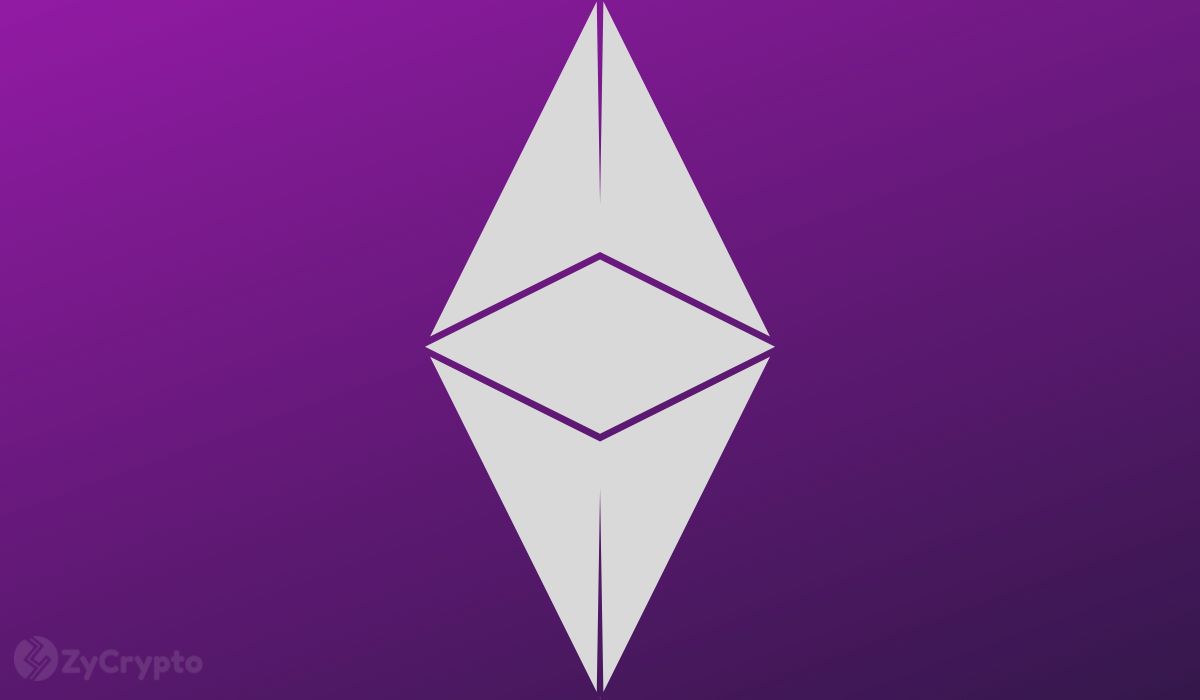2019-3-4 19:07 |
Ethereum’s Constantinople hard fork, which has suffered frequent setbacks, has finally been completed. The upgrade was executed at 7:52 PM on February 28 at block 7,280,000. The fork proceeded uneventfully, and no technical issues or divisions within the mining community have been reported.
Although the phrase “hard fork” might evoke a blockchain split, such as the event that produced Ethereum Classic in 2016, most hard forks do not actually have that outcome. Since Constantinople’s features were largely uncontested, the update went smoothly as miners activated the new Ethereum software and its features in unison.
Lower Mining RewardsThe main feature that Constantinople introduces is a reduction of block rewards. Ethereum miners will now receive a payout of 2 ETH for each block that they mine; previously, the reward was 3 ETH per block. Although this is something of a sacrifice for miners, this course of action is relatively conservative, and it gained majority support from devs last August.
Ethereum’s reduced block rewards are deliberately intended to discourage mining, as doing so will reduce the amount of new ETH that the mining community generates. This will, in turn, reduce inflation and keep the value of existing ETH fairly high. Lower mining incentives will also help prepare for proof-of-stake consensus, aka Casper, which will be introduced in Ethereum 2.0.
Although lower rewards will make mining less profitable, this upgrade does not disincentivize miners as much as it could have. Constantinople actually delays a “difficulty bomb” that would have made mining much more system-intensive and harder to profit from. That “bomb” has now been delayed for twelve months, allowing many miners to continue enjoying profits.
Other FeaturesAlthough Constantinople’s biggest change concerns mining rewards, there are a few other features that are built into the upgrade. Constantinople also reduces the cost of using the Ethereum Virtual Machine, introduces a method for interacting with yet-to-be-created addresses, and reduces gas costs for particular transactions.
Additionally, a second Ethereum upgrade called St. Petersburg has been carried out alongside Constantinople. This update removed a feature that was discovered to contain a reentrancy bug in January. In other words, the main feature of St. Petersburg is actually the absence of a problem.
Market EffectsMajor upgrades can cause uncertainty among investors, and some commentators believe that this upgrade could cause Ethereum’s market price to become more volatile. Sebastian Sinclair at Coindesk expects that, based on previous forks, Constantinople could influence investment activity for weeks to come:
“Overall, it took a total of 34 days for ether’s price to break above the sideways channel after the [previous] fork occurred, so if history repeats itself, ether prices may be destined for a multi-week sideways trend after the Constantinople upgrade takes place.”
Other analysts are predicting a weakening of ETH’s value or an outright price crash. However, Michael Moro of Genesis Global Trading has suggested that Constantinople’s reduced inflation rate could prevent widespread sell-offs among investors. In any case, no major changes have been observed in Ethereum’s market value so far.
Settling DownConstantinople has finally succeeded despite the fact that it has faced numerous delays. First, in October, a denial-of-service attack vector was discovered, immediately followed by a testnet issue. Then, in January, the aforementioned reentrancy bug was found. These issues collectively pushed Constantinople back for several months.
Those delays might make Constantinople seem to be more of a feat than it actually is. Apart from a possible reaction from crypto traders, Ethereum’s trials and tribulations seem to be settling down, and the changes to the mining scheme may soon prove their worth. The famous blockchain platform is now another step closer to reaching version 2.0.
The post Ethereum’s Long-Awaited Constantinople Upgrade Has Concluded; Will it Affect Ethereum’s Price? appeared first on UNHASHED.
origin »Ethereum (ETH) на Currencies.ru
|
|
















